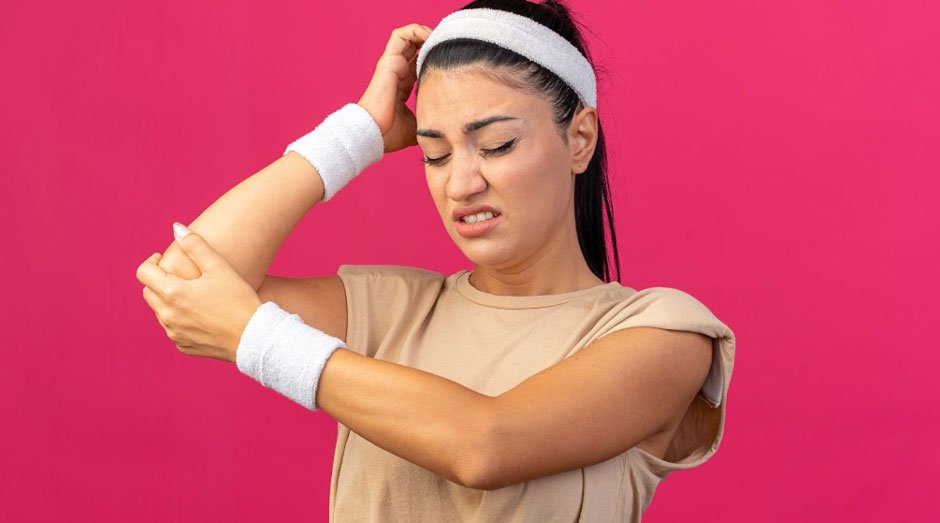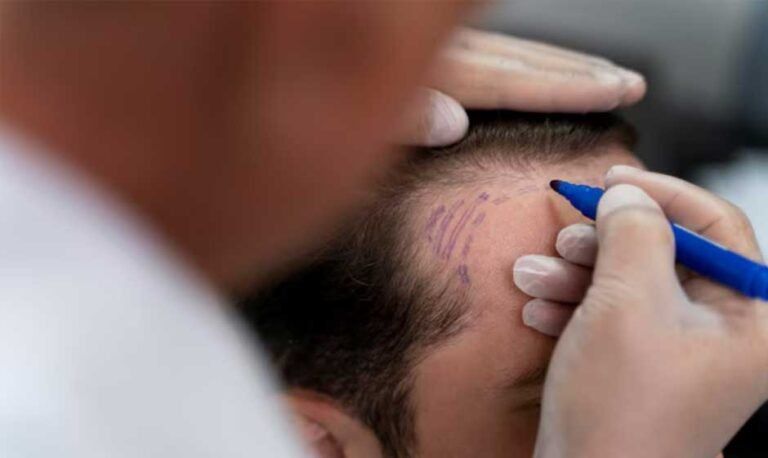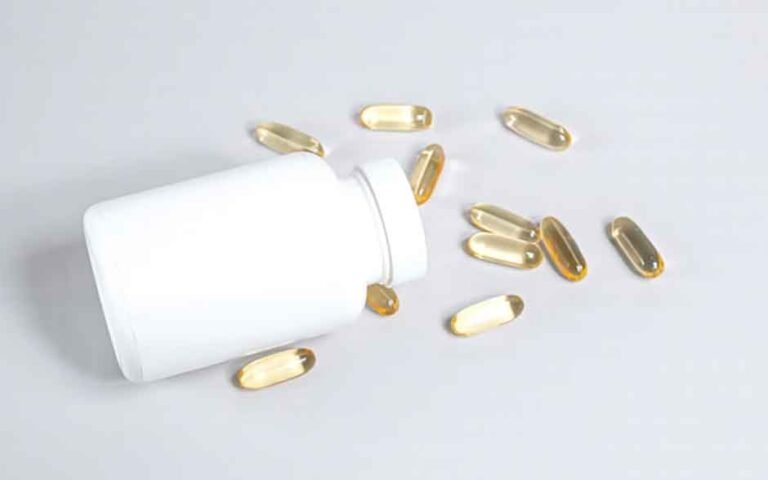What Is The Best Treatment For Severe Tennis Elbow?
It usually results from repeated activities such as labour, transportation, or holding. Tennis elbow might have caused damage to the outside of your arm. There are methods to treat the sickness to lower pain and hasten healing. In mild cases, rest and cold packs help to reduce pain and stiffness.
Among OTC medications, ibuprofen and others can aid. Severe conditions may call for either wrist strengthening exercises or physical treatment. Occasionally, you could need surgery or cortisone injections. See a doctor always for the best course of therapy for your particular circumstances.
Understanding The Condition:
Outside arm discomfort from tennis elbow, often known as lateral epicondylitis, results from Overuse, especially repeated motions that cause these muscles to become irritated or uncomfortable. Though anybody who writes, lifts, or uses hand tools often might have it, tennis players are often linked with this condition. The best treatment for tennis elbow includes rest and physical therapy to relieve pain. Muscle weakness creates outer arm aches that aggravate with movement. Sometimes the soreness travels down the forearm.
Best Treatment For Tennis Elbow:
Tennis elbow therapy seeks to lower healing time, inflammation, and pain. Rest first for rare events. Steer clear of stress to avert elbow injury. Cold packs many times a day for 15 to 20 minutes will help to lower chronic pain and swelling. One can find aid from over-the-counter medications such as paracetamol and ibuprofen. Strength and flexion of wrist muscles are advised from physical treatment. prevents repeat injuries.
One might add strength-building and stretching in treatment. Should the discomfort continue, a doctor would recommend corticosteroid injections to help with swelling control. When conventional treatments are ineffective, surgery might be the only choice for weak muscles. Get and resolve the problem quickly to stop additional damage. Consult a doctor always for tailored treatment.
Physical Therapy And Rehab Exercises:
Prevention of tennis elbow depends much on physical therapy and rehabilitation. These exercises help to lower tendon strain, boost flexibility, and strengthen elbow muscles. Using your hands, staring down, eccentric wrist extension entails gradually lowering a weight. This increases wrist strength without taxing the tendon. Furthermore developing hand muscles are wrist curls and reverse wrist curls. Stretching not only promotes flexibility but also helps one relax.
Bracing And Support Tools:
Braces and other supporting tools help to control and avoid tennis elbow. A popular device is the counterforce arm strap. Wearing this strap across the wrist below the elbow moves pressure away from the afflicted location, therefore relieving muscle tension. In sports such gymnastics, golf, and tennis that require frequent arm motions, this is very helpful. An alternate choice are neoprene elbow braces. Warmth and pressure used on the elbow joint increases blood flow and helps loosen stiffness.
These bands can help to stabilise the joint and increase your comfort during recovery. A full elbow brace might be advised for extreme cases or further help. This brace allows healing and restricts range of motion to prevent muscle damage. These devices can help with pain, avoid re-injury, and speed recovery with the right workouts and rest. See a healthcare expert to ensure a support tool satisfies your needs.
Natural Remedies And Lifestyle Changes:
Natural remedies and lifestyle changes help speed up tennis elbow healing in addition to accepted treatments. One good natural cure is rest. Breaks from monotonous work might help elbow problems go away. Many times daily use of ice packs or cold bandages helps reduce swelling and pain.
Over-the-counter purchased anti-inflammatory creams and gels can help. One can apply them right on the damage. Strength training helps stop problems downstream. To lower elbow strain, lastly take into account lifestyle changes include working differently or with comfortable equipment.
Preventing Tennis Elbow From Returning:
Use correct techniques, programs for strengthening, and lifestyle changes to avoid tennis elbow pain. First, whether playing tennis, golf, or weight lifting, employ correct technique. On your stick or another tool, the right grip size will help to lower elbow strain.
Wrist curls and extensions lower tendon tension and strengthen forearm muscles. Stretch to keep flexible and prevent damage both before and after exercise. Frequent breaks can help your elbow heal; avoid overusing your arm. Take quick treatment of any discomfort to prevent more damage. Braces or straps worn during activity assist stabilise the elbow and lessen flare-ups.







